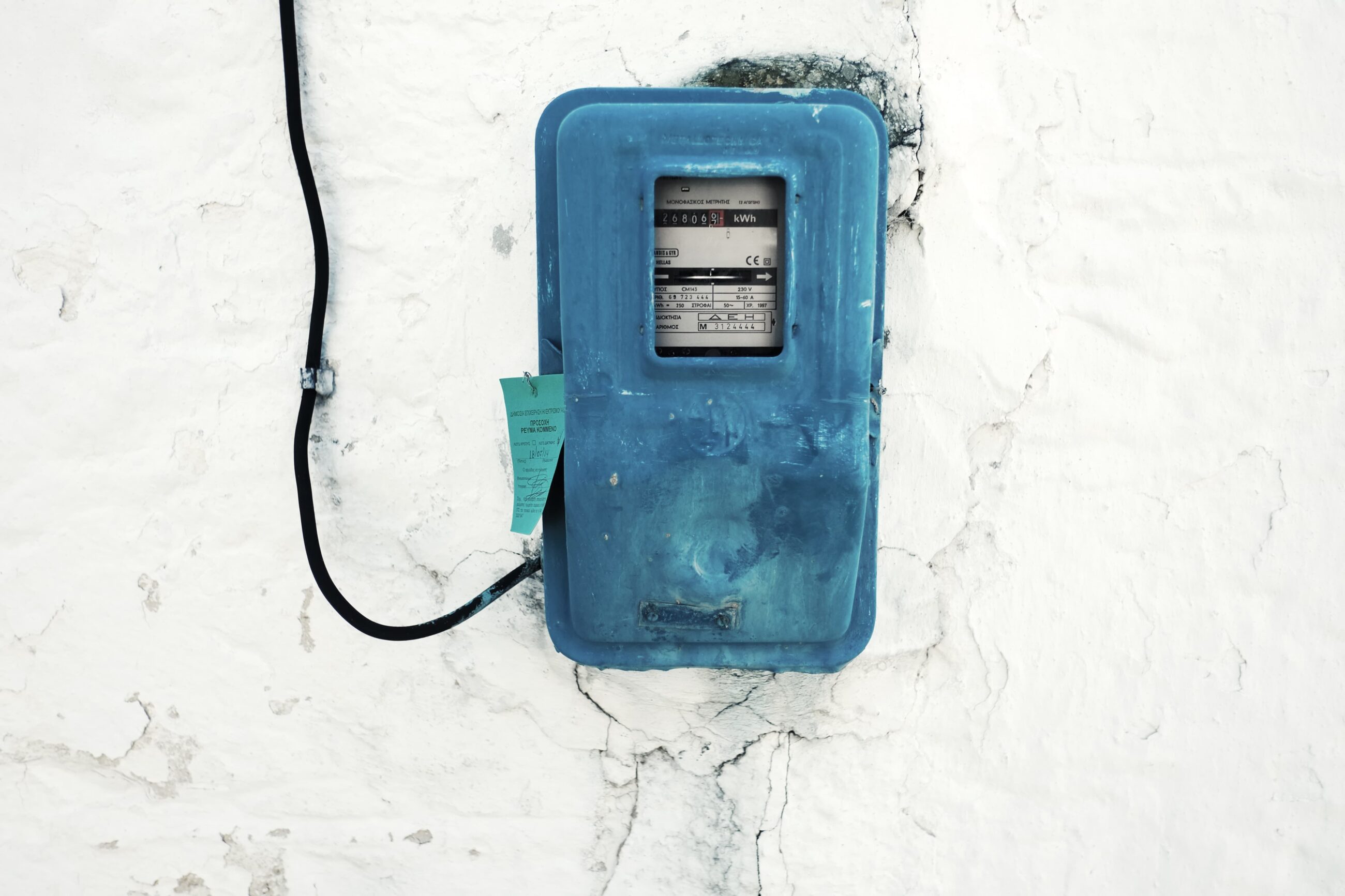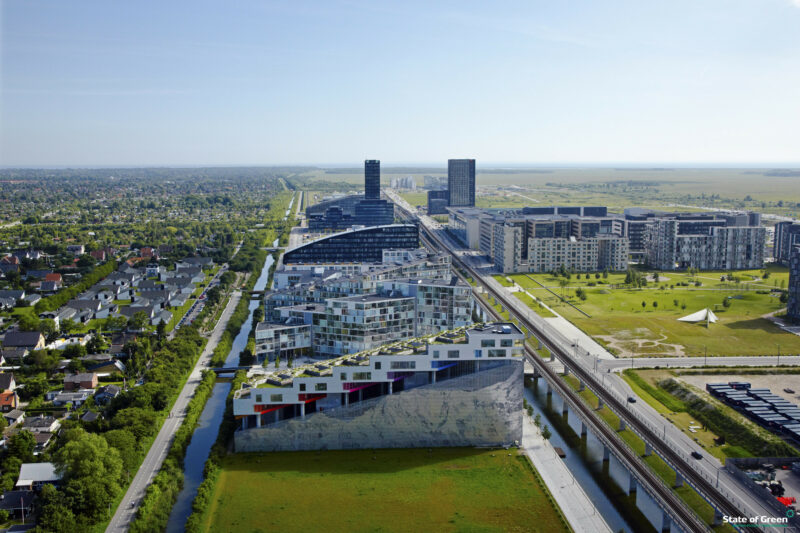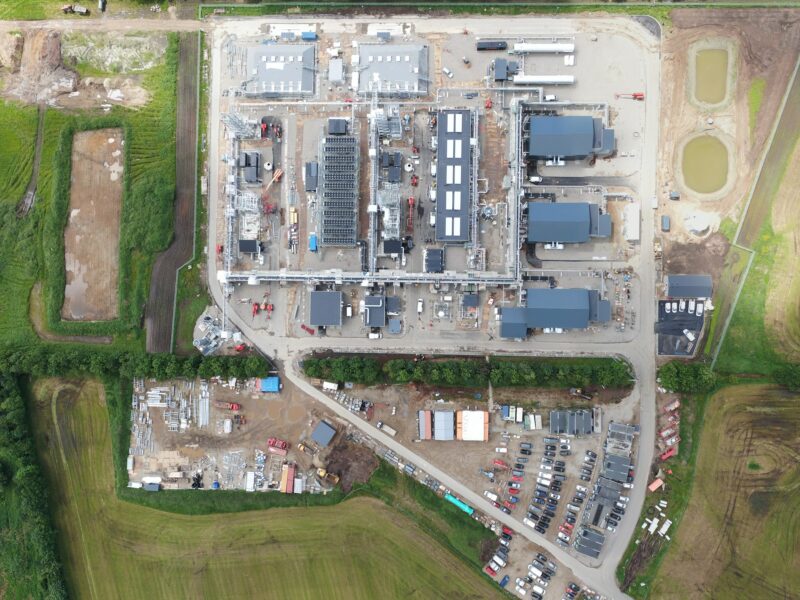News
Smart energy systems
Existing electricity meters can stabilise the grid


The number of solar cell panels, wind turbines and other alternative forms of energy have multiplied over the last years. While this is a positive development, green energy can create challenges for the electricity grid, given that consumers become prosumers and production of renewable energy fluctuates according to the weather.
“It requires a precise monitoring of the electricity grid to ensure the system functions. Currently, grid failures are discovered and diagnosed on the basis of customers who ring in and alert us to the problem. Grid operators lack the necessary technology to gather the data that is needed to ensure the grid can deliver”, explains Ph.D. Mohammed Seifu Kemal, from Aalborg University.
Dr. Mohammed Seifu Kemal’s method has been developed under the auspices of the Danish project RemoteGRID, which is a partnership between Kampstrup, Thy-Mors Energy, Aalborg University and the European energy project Net2DG.
Smart metres
Virtually all households in Denmark are equipped with an online electricity meter – a so-called smart meter. Two to four times a day, the meter sends a message to the electricity company with an update on the household’s consumption. The meters are primarily used to gather data that is then used to calculate consumption for billing purposes. However, by using them in a new way, the meters can potentially be used to gather important data in order to monitor the electricity grid.
The idea behind RemoteGRID is that the pre-existing meters can be used to give a more precise and accurate picture of not only customers’ consumption, but also information that can be used to monitor voltage measurements.
-Related solution: Monitoring and live reporting of your home's solar cell energy
“The meters currently only use a very small bandwith to send limited information back and this information is almost solely used for billing purposes. If you increased data transmission and made it available in real time, we would temporarily over burden the metering network. Instead, we have concentrated on with developing a system that can quantify the quality of the readings, so we only use those that are most interesting and won’t overburden the grid with data from the smart meters,” explains Mohammed Seifu Kemal.
The right filter
“What we looked at was which households experienced the largest fluctuations in the energy flow. Typically, it would be households that are located in close proximity to wind turbines or solar parks, or those located farthest away from the energy supply chain. It’s these places where the largest fluctuations are typically experienced first,” says Mohammed Seifu Kemal and adds:
“All the average, normal households in the middle of the electricity grid with regular consumption aren’t very interesting in terms of energy monitoring. However, if you charge your electric car at home, heat your home with a heat pump, or have solar panels on the roof, there will be greater fluctuations in your electricity consumption and it is essential that electricity companies know this so that they can secure a stable energy flow. With our new system, it is possible to make do with using data from the interesting households and ignoring the rest”, he says.
-Related solution: Collecting and managing data with NES meter interface
The new system can help utility companies to solve grid problems faster and increase customer satisfaction.
Source: Energy Supply
Photo: Taner Ardali, Unsplash
You should consider reading
solutions
Combined heat and power production
+6
CopenHill: The story of the iconic waste-to-energy plant
20 November 2024publications
Combined heat and power production
+9















